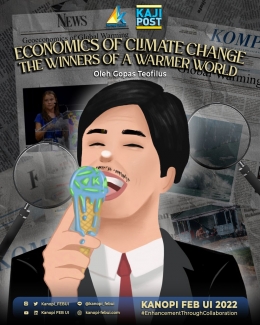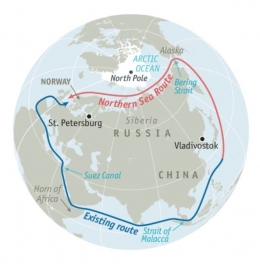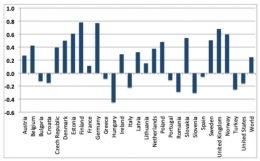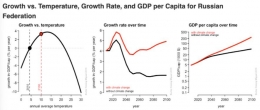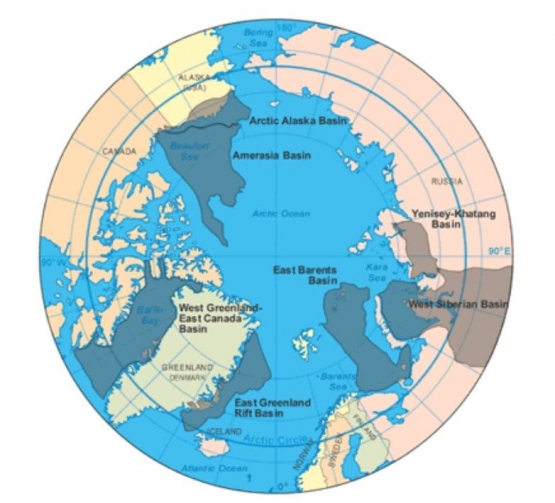
A warmer Arctic would also allow for new shipping routes such as the Northern Sea Route---an Arctic shipping lane stretching from the Barents Sea to the Bering Strait. While the route is already long navigable every summer, if a warmer and ice-free Arctic exists in the future, shipping vessels will be able to traverse the area all year long, inducing an immense impact on global trade. This would reduce about one-third of the shipping distance and time between Northwestern Europe and Northeast Asia, increasing the export values of products from the Arctic states. Two-thirds of the eight percent of world trade that is transported through the Suez Canal is also expected to be re-routed over the shorter Northern Sea Route, transforming the region into a busy global trading route that benefits the economies of the Arctic nations.
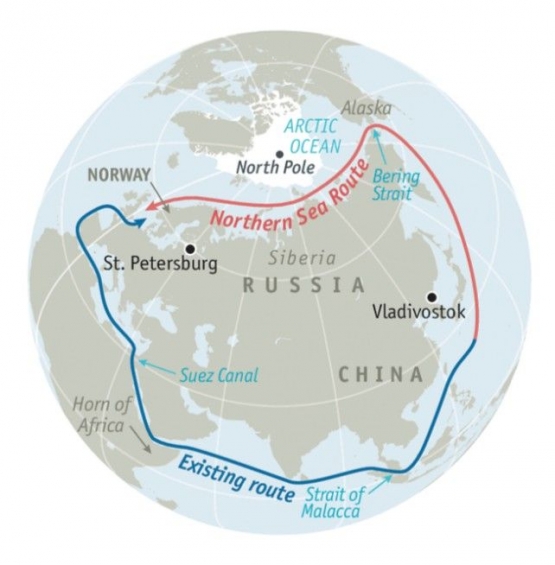
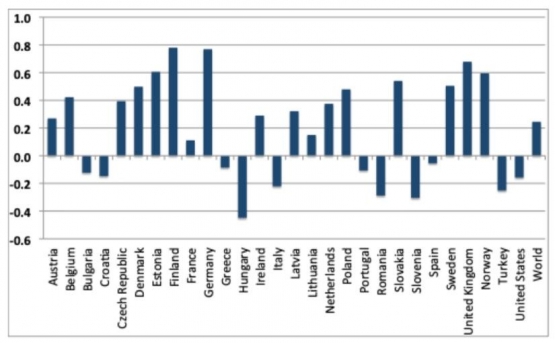
The Geoeconomics of Global Warming
The existence of winners and losers in a warmer world spawns several geopolitical and economic issues. This should be obvious: the economic benefits that Arctic nations receive from global warming do not exist in a vacuum, but rather exist in tandem with the economic damages received in temperate and tropical regions. This relationship can be inherently zero-sum: when one country suffers from climate change, another country could take advantage of its losses.
For instance, the United States currently provides a third, two-fifth and one-tenth of the soy, corn and wheat supply to be traded globally to 174 countries, respectively. However, if temperatures keep rising, crop yields from the midwestern to southern states could fall by up to 90 percent as the optimal climate for its crops move to the Canadian border, where 4.2 million square kilometres of Canada's land are now warm enough for cultivation. On the other hand, Egypt in a warmer world, who needs to deal with fewer shipping traffic and profit from its Suez Canal due to the Northern Sea Route, will also experience more instability on their food supply due to more frequent droughts. This stands opposite to Norway, who can start cultivating more variety of crops in its northern regions.
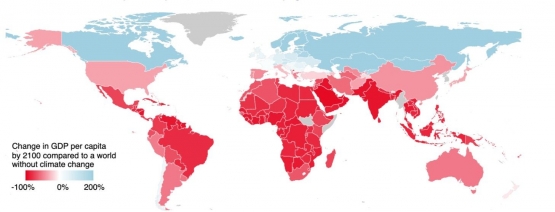
Overall, this win-lose dynamic from global warming is best illustrated through its potential effect on a country's GDP per capita. The results are striking: besides the Arctic nations and several European states, all other nations will suffer a GDP per capita decrease if temperatures increase. This difference is magnified if Indonesia and Russia are compared: Indonesia, an archipelagic state situated on the equator, will experience an 85 percent decrease in GDP per capita by 2100, while Russia, which encircles the north pole, will experience a gigantic 419 percent increase (Burke, Hsang & Miguel, 2015).
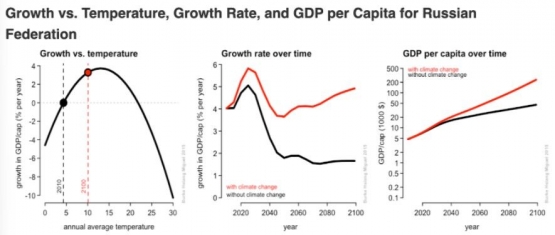
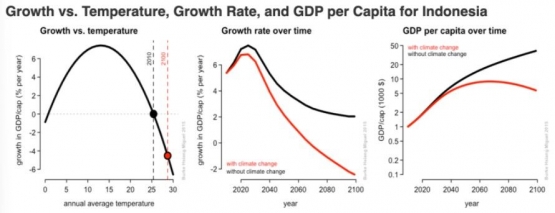
Nevertheless, even if Arctic nations have the freedom to take advantage of global warming, an immense change in the world's geopolitical system and global wealth inequality can definitely appear. Northern, wealthier Arctic countries might benefit from higher economic growth, but poorer, southern countries will have their economies hit the hardest, destabilising their political institutions. This is reminiscent of how old-age empires---the Mayan, Akaddian, Khmer---collapse due to major climatic shifts. Discontent from the economic stress of their country, more populations from the south might migrate north, and coupled with optimum food security and natural resource ownership, a new great age of 'Arctic power' might begin.








